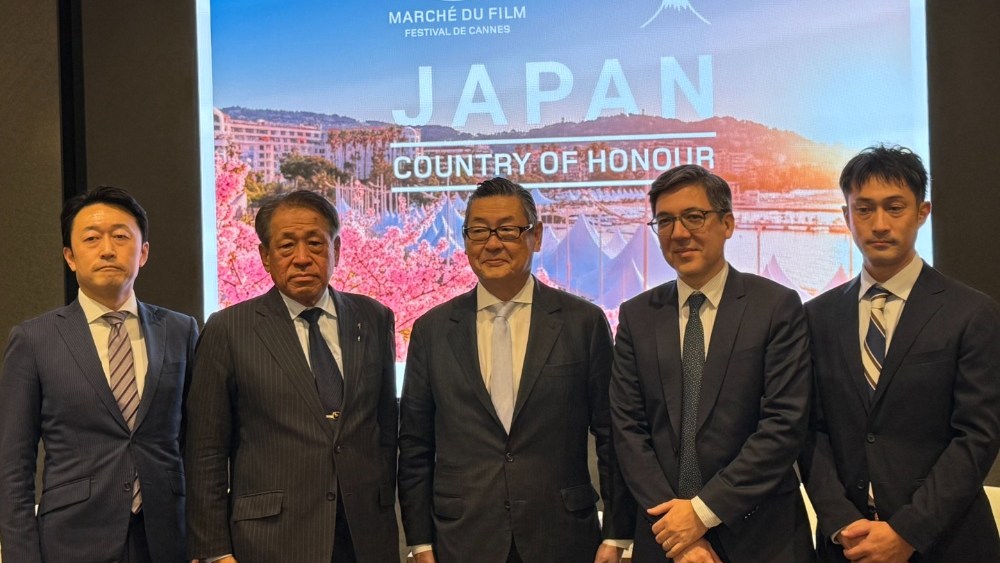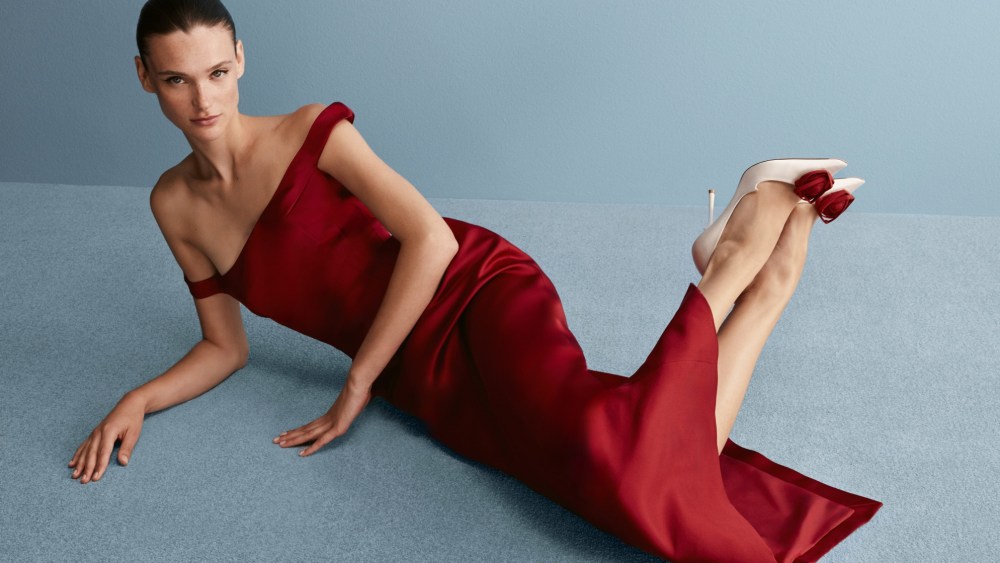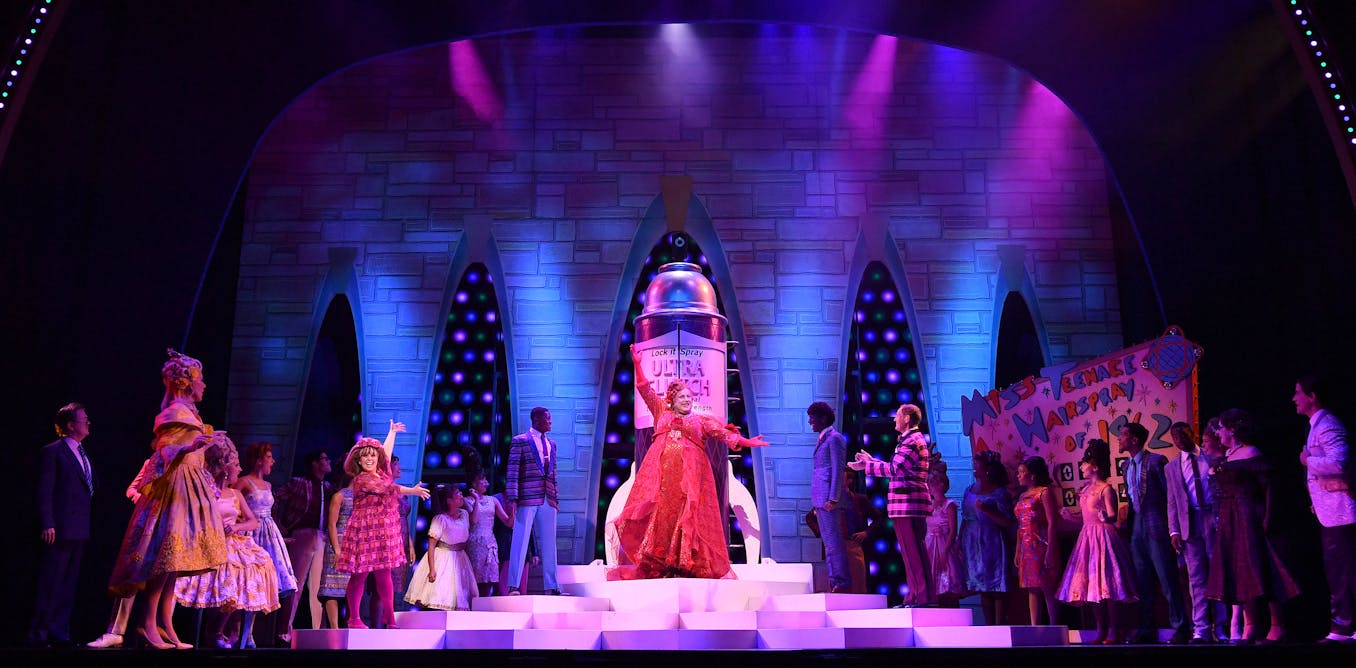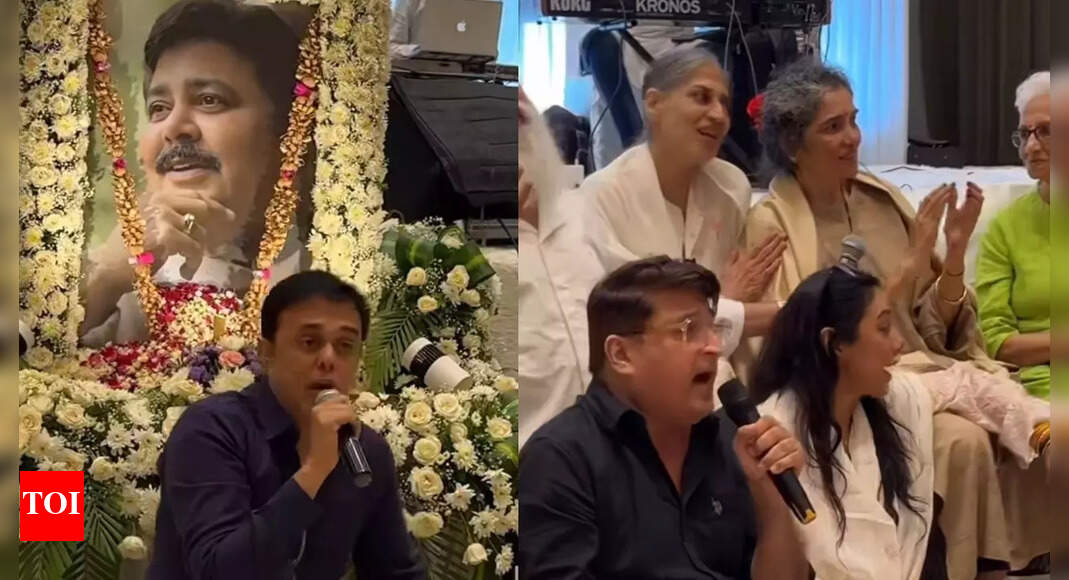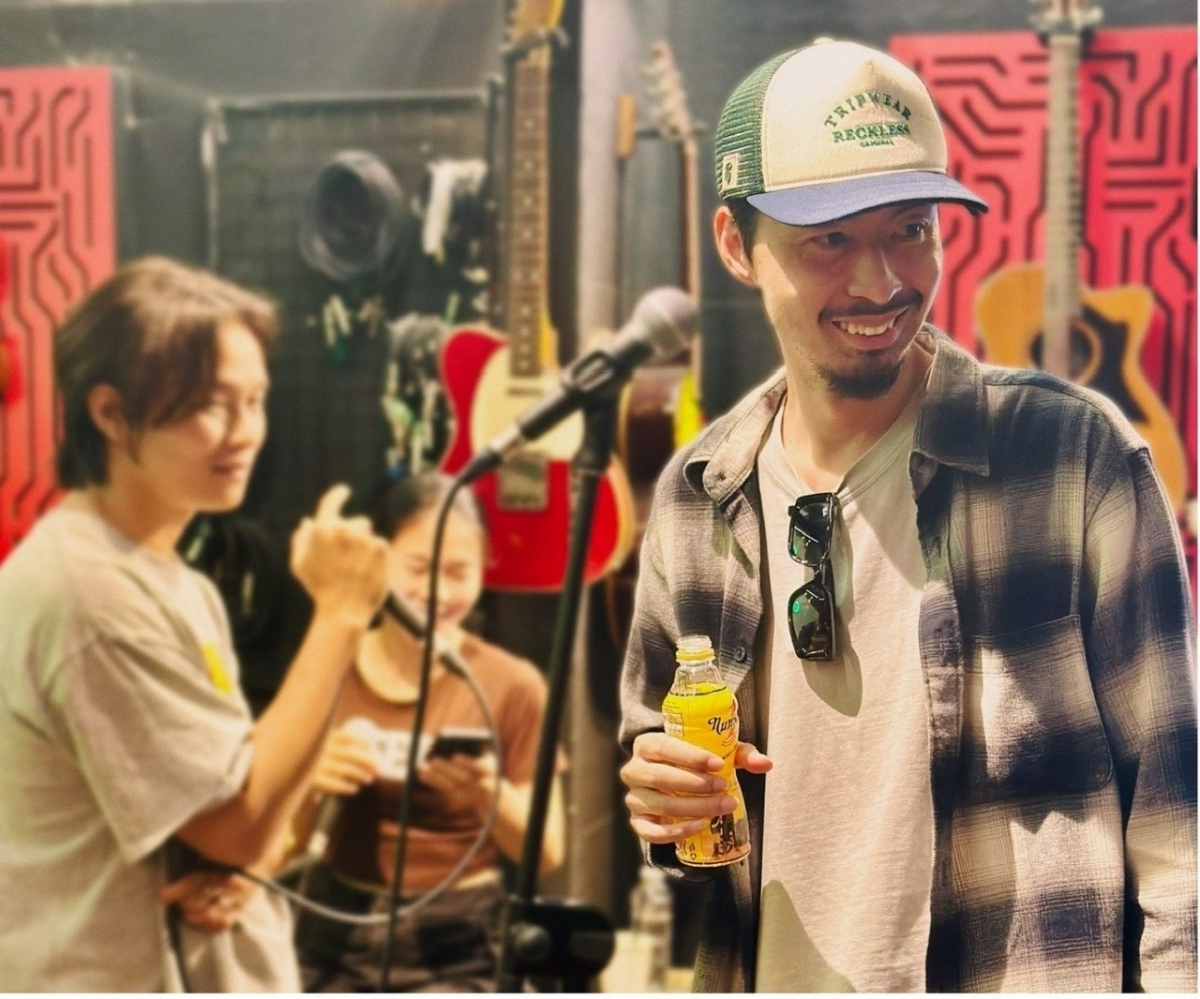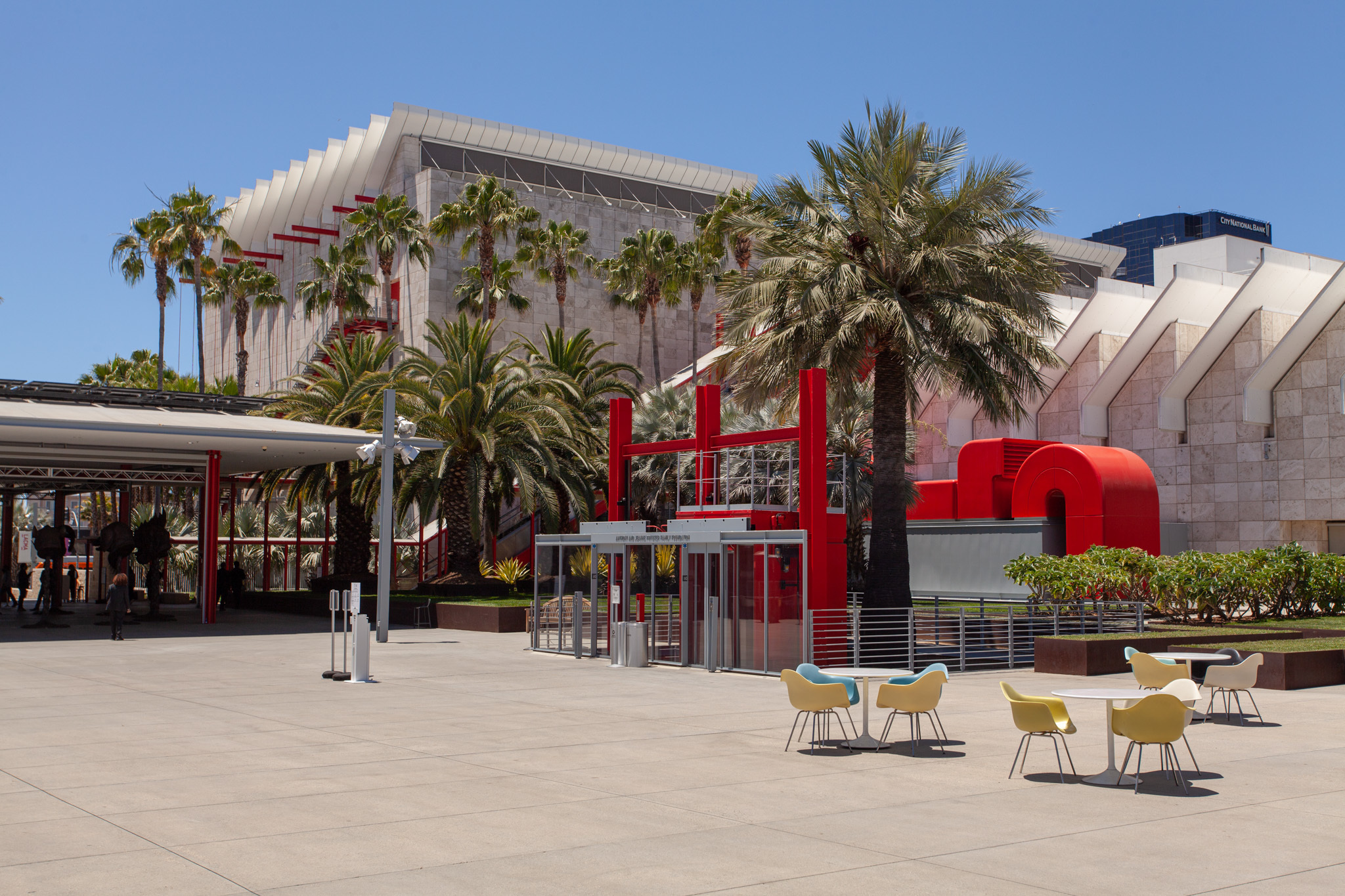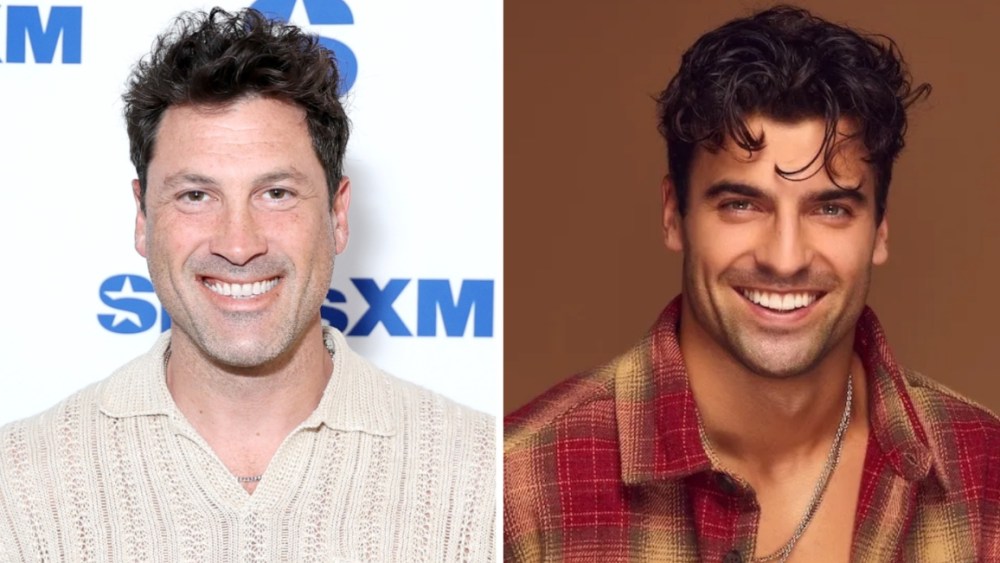Japan will take the spotlight at next year’s Cannes market, the business hub of the Cannes Film Festival, after being named the 2026 Country of Honor — a recognition that will see the nation lead the market’s opening festivities and mount…
One of Vincent Van Gogh’s most vibrant moments on canvas is coming to Los Angeles: Tarascon Stagecoach (October 1888), a rare painting from the artist’s Arles period, will be on display at the Los Angeles County Museum of Art (LACMA), marking…
